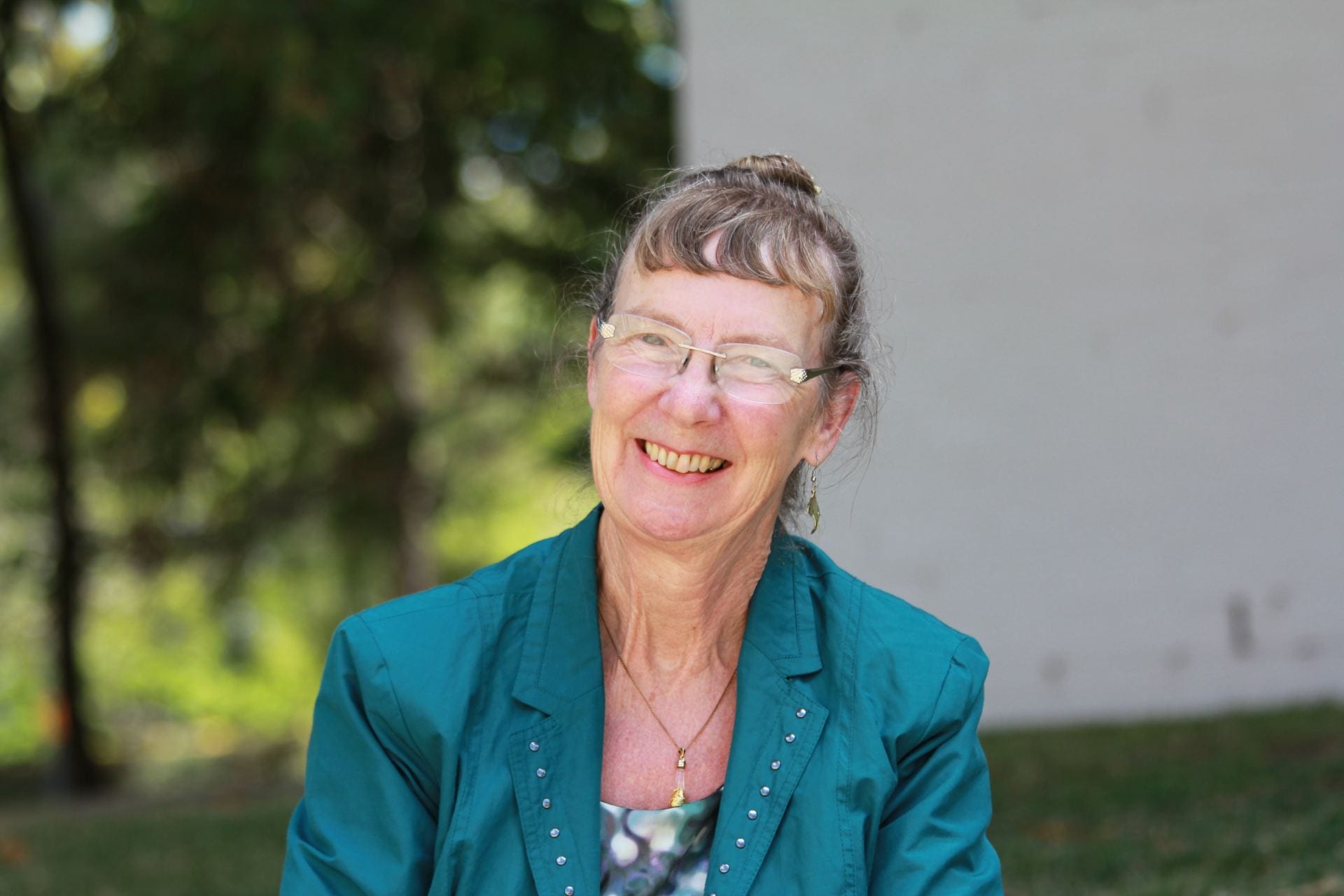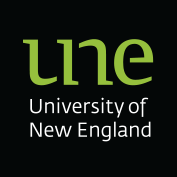An Australian Department of Defence Army History Unit Grant will enable UNE humanities researcher Dr Anneke van Mosseveld to continue her research into the history of the Australian Army uniform.
From the khaki green tunic and breeches to the iconic slouch hat, the uniform of Australian soldiers worn in the Great War is instantly recognisable. But as UNE humanities researcher Dr Anneke Van Mosseveld is discovering, there is still much to uncover about its history.
Anneke has researched aspects of the uniform’s history over a number of years, stitching together interests, expertise and a high-flying corporate background in business history, market forces and international trade relations together with a hobby in dress and pattern making.
“I have always had an interest in business research and histories,” Anneke says.
“The uniform business is a small niche in the textile industry and had not been researched from a business or economic angle, so it fitted beautifully, to use a pun!”
Her first foray into the history of the Australian army uniform was for a PhD in humanities at UNE in 2013.
“The thesis grew into an analysis of various ways in which innovation was applied to the production of the uniform.” It quickly gained attention: this work received the CEW Bean Prize for Military History from the Department of Defence and the S.J Butlin Prize for Economic History from the Economic History Society of Australia and New Zealand. It has since been published.
Anneke puts the broad interest in and success of her work down to the fact that the aspects of uniform production reveal a surprising wealth of information about the times in which they were produced.
“The more I discovered from my archival research, the more it became obvious that this niche industry reflected the ingenuity of Australian businesses in general. Wherever there was a need for improvement in the uniforms or systems surrounding it, you could find companies attempting to invent new ways,” she says.
Following this research, she won an Australian Department of Defence Army History Unit Grant to research the processes behind keeping the uniform – as well as their wearers – clean and lice-free on the Western Front. It revealed some surprisingly complex feats of Australian engineering to rig appropriate laundry and bathing facilities, and sophisticated administrative systems to match.
Now, Dr Van Mosseveld says she is ‘thrilled’ to win another major Army History Unit Grant – one of only 10 nationally – to continue her research in 2019, taking a close look at the companies that have historically produced parts of the Australian Army uniform.
The work will involve carefully gleaning information from tender notices, archives and newspapers and bringing the data together in one place to shape future decisions as well as to shed light on the past.
“I will be able to show where and when the industry changed, link it to historical, political and technological events during the time, and hopefully this will help impact on decisions made in the industry in future,” she says.



Recent Comments